

 Presione
aqui para versión en
ESPAÑOL
Presione
aqui para versión en
ESPAÑOL![]()
Historic Development of Electricity
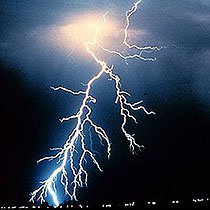
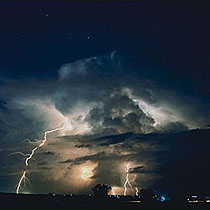
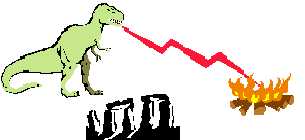


Human Evolution
The growth of energy consumption per capita, as the development of energy control, has always been a constant.
In the development of North America (see graph), the energy consumption starting 1900 follows an accelerated growth, which is in accord with the acceptance and development of the electric energy in alternate current (A.C).
In what is referred to the usage of energy primary combustible, we have that Petroleum, Carbon and Gas has been, through the time our principal energetic source.
Energetic consumption and primary energy sources in USA since 1850
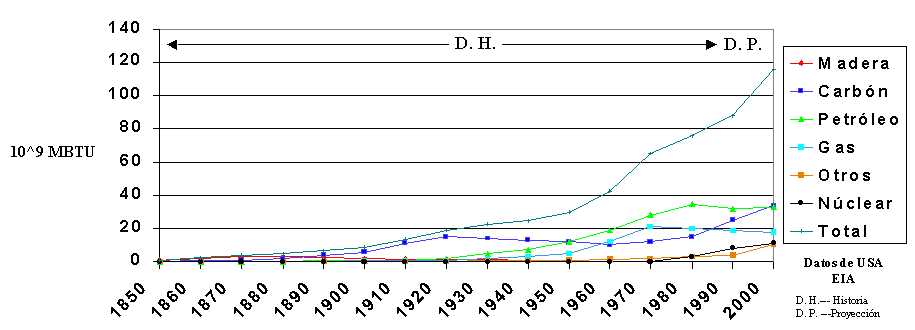
The Ascent of Man and its association and control of energy.
The evolution through the years has taken men from a collector society, hunting, going through agriculture, until reaching today a technological society, where the consumption per capita in USA is close to 450 MBTU/Hb.
It is probable that men during is permanency in the collector society consumed not more than 10 BTU/Hb.
This consumption growth is a good indication of the progress reached and the complexity of the social organization in which we live today.
Population and consumption per capita of USA since 1850
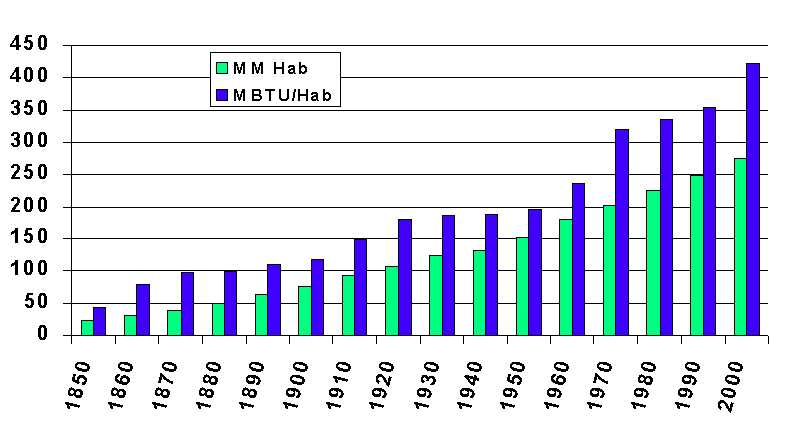
Energy flow in USA during 1996
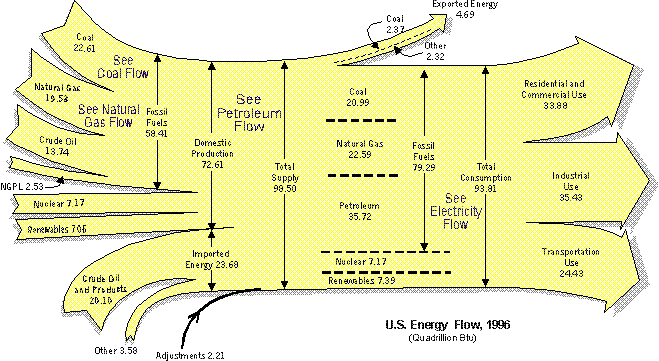
Electric energy flow in USA during 1996
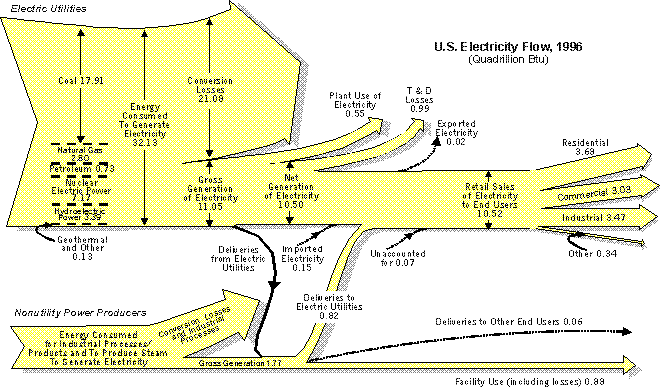
¿How was the World before 1800?
before 1800?
Disturbed, full of uncertainty and worn-out, hoping for a change as a result of three (3) important revolutions:
Industrial Revolution............................................Started in 1760
North American Revolution..................................Started in 1775
French Revolution................................................Started in 1789
The Industrial Revolution
It starts in England, the most industrialized nation in those days.
the most industrialized nation in those days.
The men that initiated this revolution were mainly: Craftsmen, Mill Workers, Watchmakers, Canal Constructors and Blacksmith.
The manufacturing industry was homemade.
NEWTON was of age. The Royal Society was battered. The boom was falling behind.
The field was a place to work and the worker lived not by the sun, but in poverty and obscurity.
The revolution starts with the making of the mills, which is followed by the construction of the canals (flood control). Water was the engine. Automatization starts with the watchmakers. The weaving industry develops. Ceramic production improves. New processes for the manufacturing of iron and steel improves.
Steam engine (J. Watt) changes the concept of power force.
J. Bronowski (The Ascent of Man)
Before 1800 provided light to their homes with:
![]()
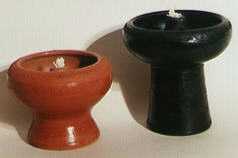
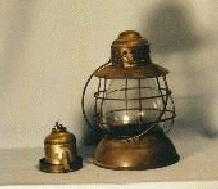
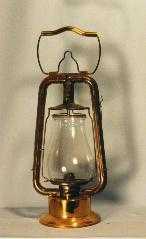
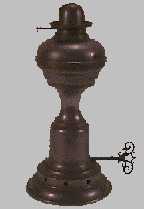
![]()
Fire, Candles, Vegetable Oil Lamps, Whale Oil and Kerosene.
And used as power force: The Man itself, Animals, Wind, Water and Steam.
HISTORY ....... Biginning....... of .............. ELECTRICITY
Thales of Miletus (630-550 BC), Close to the year 600 BC. Thales of Miletus was the first to acknowledge that the amber stone when rubbed produces an attraction force over some objects.
However, it was the Greek philosopher Theophrastus (374-287 BC), three century later, the first who wrote establishing, in a written essay, that other substances had the same power, leaving therefore the first written scientific proof concerning electricity.
Some Inventions, Discoveries and Innovations of the XV, XVI and XVII Centuries:
| 1447 Gutember (German) Type | 1628 Harvey (English) Blood flow |
| 1583 Galileo (Italian) Pendulum | 1642 Pascal (Francés) Adding machine |
| 1589 Harington (English) W.C. | 1643 Torricelli (Italian) Barometer |
| 1590 Galileo (Italian) Law of falling bodies | 1654 Guericke (German) Pneumatic machine |
| 1593 Galileo (Italian) Thermometer | 1657 Huygens (German) Clock pendulum |
| 1608 Lippershey (Dutsh) Telescope | 1661 Boyle (Irish) Metanol |
| 1609 Galileo (Italian) Telescope | 1670 Newton (English) Calculus |
| 1609 Kepler (German) Planet motion | 1675 Roemer (Danish) Velocity of light |
| 1614 Napier (Scottish) Logarithm | 1687 Newton (English) Law of gravity |
| 1619 Descarte (Francés) Geometry | 1687 Newton (English) Law of motion |
| 1620 Oughtred (English) Slide rule | 1690 Huygens (German) Theory of light waves |
In 1600
Queen Elizabeth I ordered the physicist William Gilbert (1544-1603) to study the magnets to improve the exactness of binnacle compasses used for navigation, being this study the basic principle to define the fundaments of electrostatic and magnetism
Gilbert was the first to apply the Electricity terminal from Greek "Electron" = Amber.
Gilbert is the unit measure for Magnetomotive Force.
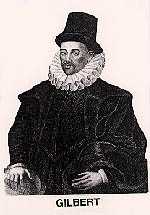
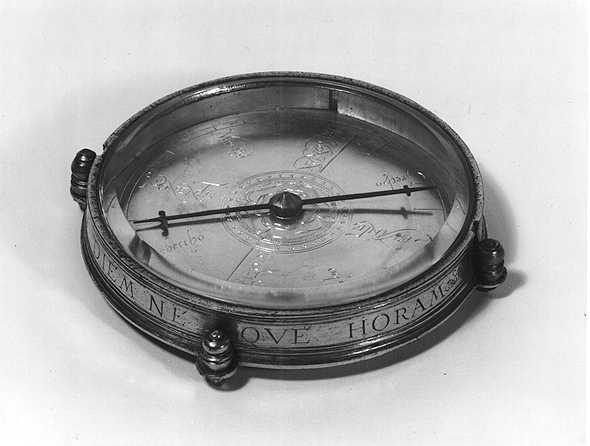 Compass of 1562
Compass of 1562
Year 1672
The German physicist Otto Von Guerick (1602-1686) developed the first electrostatic machine to produce electrical charge.
A machine that consists of a sulphur lathe sphere with a hub through which the charge is induced when a hand is position over the sphere.
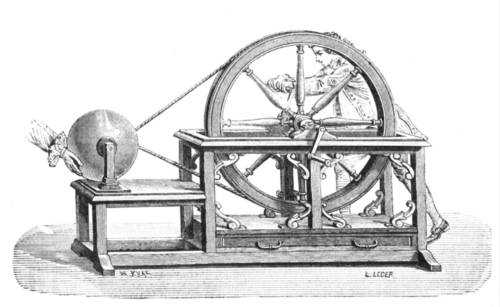
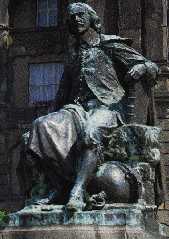 Guericke
Guericke
Some Inventions, Discoveries and Innovations of the XVIII Century:
| 1709 Cristófori (Italian) Piano | 1777 Lavoisier (French) Combustion Explanation |
| 1714 Fahrenheit (German) HG Thermometer | 1778 Jouffroy (French) Experimental Steam Vessel |
| 1745 Von Kleist (German) Leyden Jar | 1780 Franklin (US) Bifocal Lenses |
| 1745 Musschenbroeck (German) Leyden Jar | 1783 Montgolfier (French) The Globe |
| 1752 Franklin (US) Lightning Rod | 1785 Cartwright (English) Mechanical Weaving |
| 1761 Harrison (English) Chronometer | 1785 Blanchard (French) Parachute |
| 1769 Watt (Scottish) Steam Machine | 1785 Ransome (English) Cast Iron Plow |
| 1770 Cugnot (French) Steam Vehicle | 1792 Murduch (Scottish) Gas Lamp |
| 1774 Priestley (English) Oxygen | 1796 Senefelder (Bohemian-German) Lithograph |
| 1777 Miller (English) Circular Saw | 1797 Wittemor (US) Carding Machine |
Year 1733
The French Francois de Cisternay Du Fay (sep/14/1698) was the first to identify the existence of two electrical charges:
Positive and Negative.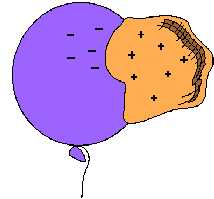
Year 1745
The development of the Leyden Jar by E.G.Von Kleist and Pieter Van Musschenbroeck (1696-1761) at Leyden University, it was possible to store electrical static, which gave way for what was to be the electric condenser.
Musschenbroeck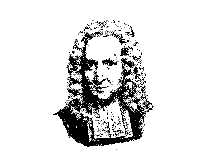
![]() Leyden Jar
Leyden Jar
Year 1752
Benjamin Franklin (1706-1790) demonstrated the electrical nature of lightning beams.
He developed the theory that electricity was a fluid that exists in matter and that its flow was due to the excess or defect of itself. He invented the lightning rod.
In 1780 Franklin Invents the Bifocal Lenses.
 Franklin
Franklin
Year 1766
The Chemist Joseph Priestley (1733-1804) proved that the force that is exerted between electrical charges are inversely proportional to the distance that separates them.
Priestley demonstrated that an electrical charge is distributed uniformly on the spheres surface, and that within itself there is no electrical field nor force.
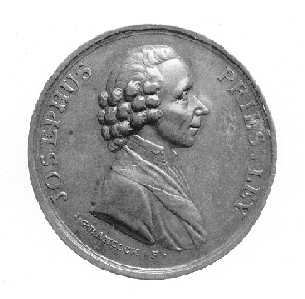 Priestley
Priestley
Year 1776
Charles Agustin de Coulomb (1736-1806) invented the torsion balance with which he measured with accuracy the force between electrical charges and established that such force was proportional to the product on the individual charges and inversely proportional to the square of the distance that separates them.

Coulomb is the electrical charge unit.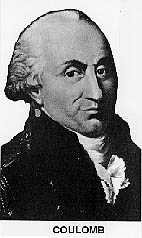
Some inventions, discoveries and innovations of the XIX century:
| 1800 Volta (Italian) Battery | 1849 Bourding (French) Turbine, Gas | 1885 Benz (German) Auto, Diff. Gear |
| 1802 Symington (Scottish) Steamboat | 1849 Francis (US) Turbine Hydraulic | 1885 Daimier (German) Motorcycle |
| 1824 Aspdin (English) Portland Cement | 1858 Siemens (German) Furnace | 1885 Stanley (US) Transformer AC |
| 1828 Henrry (US) Electromagnet | 1864 Marcus (US) Automobile. | 1887 Tesla (US) Induction Motor |
| 1835 Talbot (English) Photography | 1866 Nobel (Swedish) Dynamite | 1888 Eastman (US) Kodak Camera |
| 1837 Davenport (US) DC Motor | 1868 Gramme (Belgian) Dynamo | 1889 Daimier (German) Engine Gasoline |
| 1837 Morse (US) Telegraph | 1876 Otto (German) Engine 4 cycle | 1892 Tesla (US) AC Motor |
| 1845 Hoe (US) Printing Press, Rotary | 1876 Bell (US) Telephone | 1892 Morrinson (US) Automobile Electric |
| 1846 Howe (US) Sewing machine | 1879 Edison (US) Incandescent Lamp | 1893 Tesla (US) Radio |
| 1847 Staite (English) Arc Lamp | 1882 Wheeler (US) Electric Fan | 1895 Diesel (German) Diesel Motor |
Year 1800
Alexander Volta (1745-1827) built the first electrostatic cell and a battery capable of producing electrical current. His inspiration came from an investigation made by Italian Physicist Luigi Galvanic concerning nervous electric current in frog legs.
Galvanic proposed the theory of Animal Electricity, which was opposed by Volta who thought that the electrical current was the result of putting two different metal in contact with the muscle.
Further investigation by Volta permitted the making of a chemical cell capable of producing continuous current, this is how he was able to develop the battery.
Volt is the unit measure of electrical voltage.
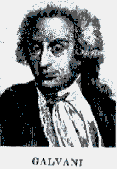
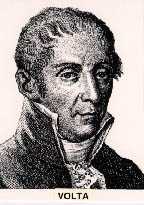
Years 1801 - 1815
Sir Humphry Davy (1778-1829) develops electrochemical (name given by him), by exploring the usage of the Volta battery, and trying to understand how it works.
In 1801 Davy observes the electrical arc y the incandescence of an energized conductor with a battery.
Between 1806 -1808 Davy publishes the results of his electrolysis investigations, when he manages to separate Magnesium, Barium, Strontium, Calcium, Potassium, And Boron.
In 1807 a battery is made with more than 2000 double plates, and this is how he discovers Chlorine , and proves that it is an element and not an acid.
In 1815 Davy invents the Safety Lamp for miners.
Without any doubt Davy most important discovery happens this same year when he hires a young man named Michael Faraday as his assistant.
Davy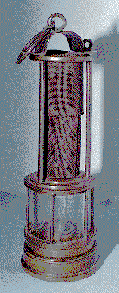 Davy’s Safety Lamp
Davy’s Safety Lamp
Year 1812
The mathematics Frances Simeon-Denis Poisson (1781-1849) published his most important work related to the mathematical application of electricity and magnetism, describing the electrostatic laws.
 Poisson
Poisson
Year 1819
The Danish scientist Hans Christian Oersted (1777-1851) discovers electromagnetism, when performing an experiment to his students, the needle of the compass, placed accidentally near an energized cable for a battery, started to move. This discovery was crucial in the development of electricity, for it provided evidence of the existing relationship between electricity and magnetism.
Oersted is the unit measure for magnetic reluctance.
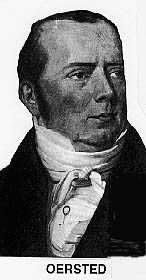
Year 1820
Frenchmen Jean Baptiste Biot (1774-1862) and Felix Savart (1791-1841) determined the well known Biot-Savart Law, which can calculate the force that a magnetic field exerts over an electric charge, and they define that the intensity of a magnetic field produced by an electric current is inversely proportional to the square of the distance.
 Biot
Biot
Year 1823
Englishman William Sturgeon (1753-1850) builds the first electromagnet.
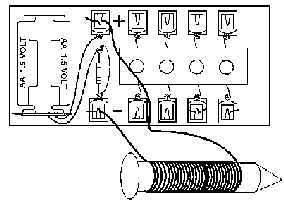 Electromagnet
Electromagnet
Year 1823
Andre-Marie Ampere (1775-1836) establishes the principle of electrodynamics, when he concludes that the electromotive force is the product of two (2) effects: electrical voltage and electrical current. Ampere experiments with conductors, determining its attraction, if the currents flow in the same direction, and they repel each other when they flow in opposite direction.
Ampere produces an excellent mathematical result of the phenomenon studied by Oersted.
Ampere is a unit measure for electrical current.
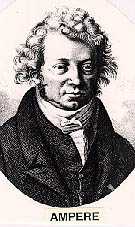
Year 1826
German physicist Georg Simon Ohm (1789-1854) was the one that formulated with accuracy electrical current law, defining the exact relationship between tension and current. Since then, this law has been known as Ohms law.
Ohm is the unit measure for electrical resistance.
R= V / I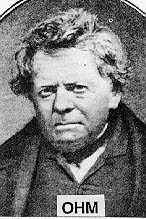 Ohm = Volt / Ampere
Ohm = Volt / Ampere
Year 1828
English mathematics George Green (1793-1841) published "An essay on the application of mathematical analysts the theories of electricity and magnetism" in which he broaden Poisson work obtaining a general solution to calculate potentials.
 Commemorated with a plate in
the floor of Westminster Abbey.
Commemorated with a plate in
the floor of Westminster Abbey.
Year 1828
American Joseph Henry (1799-1878) perfected electromagnets. He observed that polarity varied when current flow changed Direction, and he developed the concept of self induced. In 1846 he was named as the first director of the Smithsonian Museum.
Henry
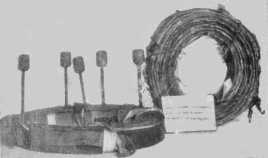 Henry´ s Coils
Henry´ s Coils
Year 1831
Michael Faraday (1791-1867) at the age of 14 worked as Bookbinder, which gave him sufficient time to read and develop his interest in physics and chemistry. Despite his poor academic Background, he established that magnetism produced Electricity through movement, which was a fundamental step in the development of electricity.
Faraday is the unit measure for electric capacitance.
Faraday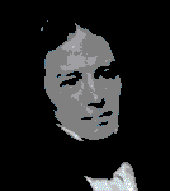
First Electric Generator
Year 1835
Samuel F.B. Morse (1791-1867) on the way back from one of his trips he comes up with he idea of a simple electromagnetic circuit to transmit information. In 1835 he makes the First Telegraph.
In 1837 he joins Henry and Vail in order to obtain financial resources From USA Congress to improve the telegraph, but fails and must Continues alone, being successful in 1843 when congress approves the development of a 41 mile line from Baltimore to State Capitol in Washington D.C.
This line is completed in 1844.
Morse
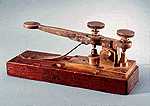

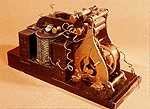
"Transmisor and receptor built by Morse in 1844. Smithsonian Museum "
First Message transmitted
![]()
In 1858, the American Telegraph Company (ATC), build the first transoceanic cable from the USA east coast to Ireland.
Years 1840 - 1842
James Prescott Joule (1818-1889) English physicist, who discovered the equivalence between mechanical work and calories, and German scientist Hermann Ludwig Ferdinand Helmhotz (1821-1894) who defined thermodynamics first law, demonstrated that electrical circuits complied with the energy conservation law, and that electricity was a form of energy.
In addition, Joule invented electric arc welding and demonstrated that the heat generated by electric current was proportional to the square of current.
Joule is the unit measure for energy.
Joule
 Helmhotz
Helmhotz
Year 1845
Gustav Robert Kirchhoff (1824-1887) German physicist at age 21 announced the law that allows one to calculate current and tension electrical nets, known as the Kirchhoff Laws I and II.
Kirchhoff established techniques for spectral analysis, with which he determined the sun composition.
 Kirchhoff
Kirchhoff
Year 1847
William Staite (1809- 1854), English, was credit for the development of arc lamp. These lamps were commercialized starting 1876 with improvements introduced by Russian Paul Jablochkoff (1847-1894)
Arc Lamp experienced their acme between 1880 and 1890.
Arc Lamp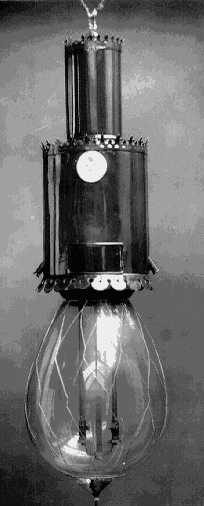
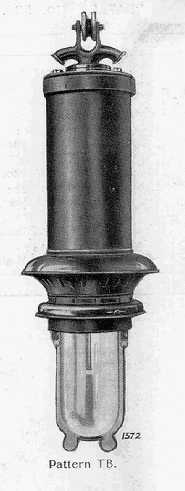
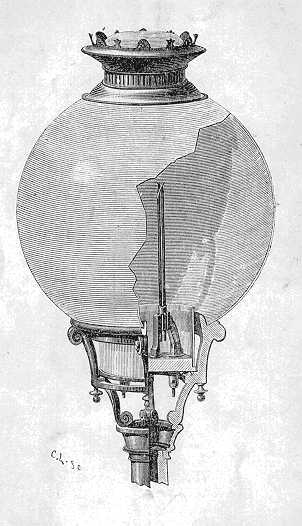
Year 1854
English mathematics William Thomson (Lord Kelvin) (1824-1907), with his work about theoretic analysis on transmission by cable, it was possible to develop transatlantic cable.
En 1851 Thomson defined the Second Law on Thermodynamics and in 1858 he invented the Flexible Cable.
Kelvin is the unit measure for absolute temperature.
 Lord Kelvin
Lord Kelvin
Year 1868
Belgium scientist Zenobe-Théophile Gramme (1826-1901) built the Dynamo, which was the first continuous current machine and it became the starting point for the electrical industry. In 1870 he patent the theory of the electromagnetic machine to produce continuous current.
Gramme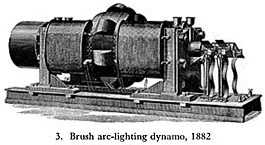 Dynamo
Dynamo
Year 1870
James Clerk Maxwell (1831-1879), English mathematics formulated the four (4) equations which are fundamental in the electromagnetic theory. He found that light was an electromagnetic wave y that energy was transmitted by electromagnetic waves at the speed of light.
Maxwell is the unit measure of magnetic flow.

Year 1876
Alexander Graham Bell (1847-1922) Scottish - American invented the telephone.
Bell
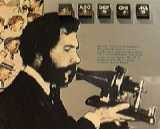
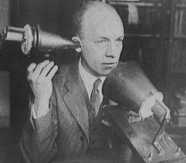
Year 1881
Thomas Alva Edison (1847-1931) produced the first incandescent lamp with a filament of carbon cotton. This filament was kept lit for 44 hours.
In 1881 he develop the bamboo filament with 1.7 lumens/watt. In 1904 the tungsten filament with an efficiency of 7.9 lumens/watt, and in 1910 the 100 w lamp that gave 10 lumens/watt.
Today the incandescent lamps with tungsten filament of 100 w gives up to around 18 lumens/watt.
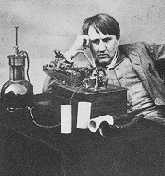
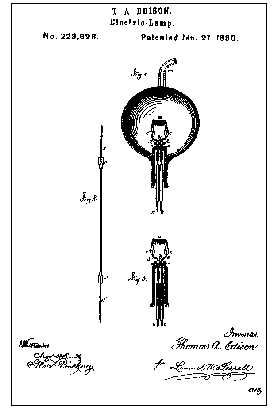
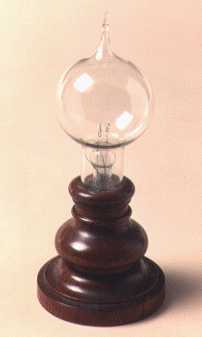
In 1882 Edison installed the first electrical system to sell energy for incandescent lightning al Pearl Street in New York City, USA.
The system was in DC three threads, 220-110 v. with a total power of 30 kw.
Year 1884
Heinrich Rudolf Hertz (1847-1894) demonstrated the validity of Maxwell equations and rewrote them in the form as is known today.
In 1888 Hertz was recognized for his work in Electromagnetic Waves: propagation, polarization and reflected waves.
The development of radio starts with Hertz.
Hertz is the unit measure for frequency.
Year 1884
John Henry Poynting (1852-1914) English physicist, student to Maxwell, published an article demonstrating the energy flow could be calculated by means of an equation the represents the inter-relation between electric and magnetic fields. This equation is known by Poynting´s vector
Poynting

Year 1888
Nikola Tesla (1857-1943) Serb - American inventor and investigator, developed the theory of rotary fields, basic principle for generators and multiphase motors in alternating current.
Tesla can be considered, without any doubt, as the father of the electrical system that we enjoy today.
Tesla is the unit measure for density in magnetic flow.
Tesla
 Motor C.A.
Motor C.A.
Some of his patents (+700):
In 1888 induction motor, dynamo improvement, the method to convert and distribute electrical current.
In 1890 the alternating current motor.
In 1892 the system for power transmission.
In 1894 the electric generator.
In 1896 the equipment to produce current and tension if high frequency.
In 1897 improvement if the transformer.
Tesla sold all his rights to George Westinghouse (1846-1914) who founded the Westinghouse Company, pioneer in the commercialization of alternating current.
In 1893 during the Chicago Fair, Westinghouse and Tesla presented at scale an electrical AC system and its benefits.
In 1895 Westinghouse puts in service the first power plant to generate commercial electricity in AC, The Niagara plant, N.Y.
Chicago Fair 1893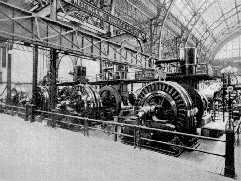
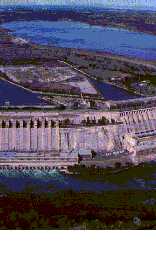 Niagara
Niagara
Contributions and comments :![]() vlopezpp@cantv.net
vlopezpp@cantv.net
ThisCentro de Conocimientos has
been visited times. Since March 1998
To see real statistic about visit of this web: ![]()
Other Links
History of Venezuelan Carlos del Pozo (17##-18##).
Historia de la compañía Electricidad de Caracas / Venezuela. Fundada en 1895
Historia de la Facultad de Ingeniería Eléctrica de la Universidad Central de Venezuela (UCV)

![]()